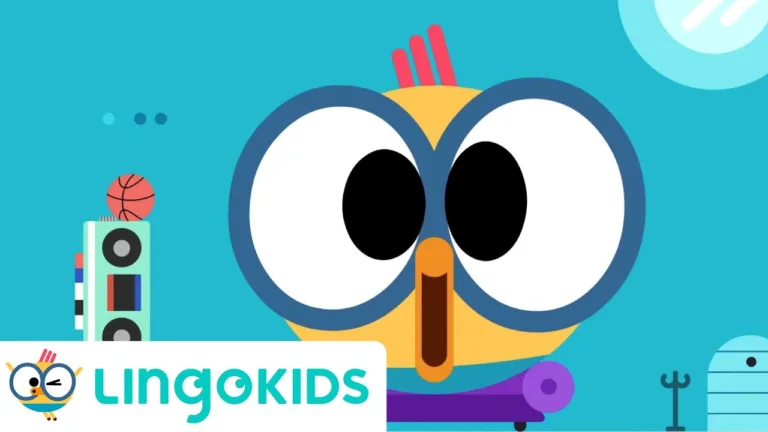Depressive disorders in children
Depressive disorders in children and adolescents are a significant mental health concern and can manifest in various forms, with Major Depressive Disorder (MDD) and Persistent Depressive Disorder (Dysthymia) being the most common.
Major Depressive Disorder (MDD)
- Prevalence: MDD occurs in about 2% of children and 5% of adolescents. The risk of recurrence is higher in those with severe episodes, younger age, or multiple episodes.
- Symptoms: MDD in children typically involves a distinct depressive episode lasting more than two weeks. Key symptoms include persistent sadness or irritability, loss of interest in activities, changes in weight or appetite, sleep disturbances, fatigue, feelings of worthlessness or guilt, difficulty concentrating, and recurrent thoughts of death or suicide.
- Complications: It can lead to academic failure, substance use, and suicidal behavior.
Persistent Depressive Disorder (Dysthymia)
- Characteristics: Dysthymia is a chronic form of depression with a persistent depressed or irritable mood lasting for most of the day for more days than not, for at least one year.
- Symptoms: These include poor appetite or overeating, sleep disturbances, low energy, low self-esteem, poor concentration, and feelings of hopelessness.
- Diagnosis: Diagnosis is based on symptoms, signs, and criteria in the Diagnostic and Statistical Manual of Mental Disorders, Fifth edition (DSM-5-TR).
Causes and Risk Factors
- Factors that may contribute to childhood depression include family conflicts, loss of a loved one, medical history (e.g., low birth weight, brain injury, chronic illness), problems with friends, puberty, and substance use.
Diagnosis and Treatment
- Diagnosis: Diagnosis involves a psychiatric assessment and may include ruling out physical conditions that can mimic depressive symptoms, like anemia or hypothyroidism. Information from parents, teachers, and possibly questionnaires can aid in diagnosis.
- Treatment: Treatment options include cognitive-behavioral therapy (CBT) and medication, with selective serotonin reuptake inhibitors (SSRIs) being commonly prescribed. A treatment plan may also involve counseling and monitoring.
Suicide Risk
- Depression is a significant risk factor for suicide, which is the second leading cause of death for individuals aged 10 to 24 years. Suicide screening using tools like the Ask Suicide-Screening Questions (ASQ) is crucial for identifying at-risk youth.
Statistics and Access to Treatment
- Access to mental health treatment, including screening, referrals, and treatment, varies by location. Early diagnosis and appropriate services can significantly impact the lives of children with mental disorders.
It’s important for parents, caregivers, and educators to be vigilant for signs of depression in children and adolescents and to seek professional help promptly. The complexity of depressive disorders in children necessitates a comprehensive approach to diagnosis and treatment, considering the unique developmental and psychological needs of this age group.
Guides
- Seen: Despair and Anxiety in Kids and Teenagers and the Power of Connection
- When Harley Has Anxiety: A Fun CBT Skills Activity Book to Help Manage Worries and Fears (For Kids 5-9)
- The Kids’ Guide to Staying Awesome and In Control: Simple Stuff to Help Children Regulate their Emotions and Senses
------------From our Sponsors------------









